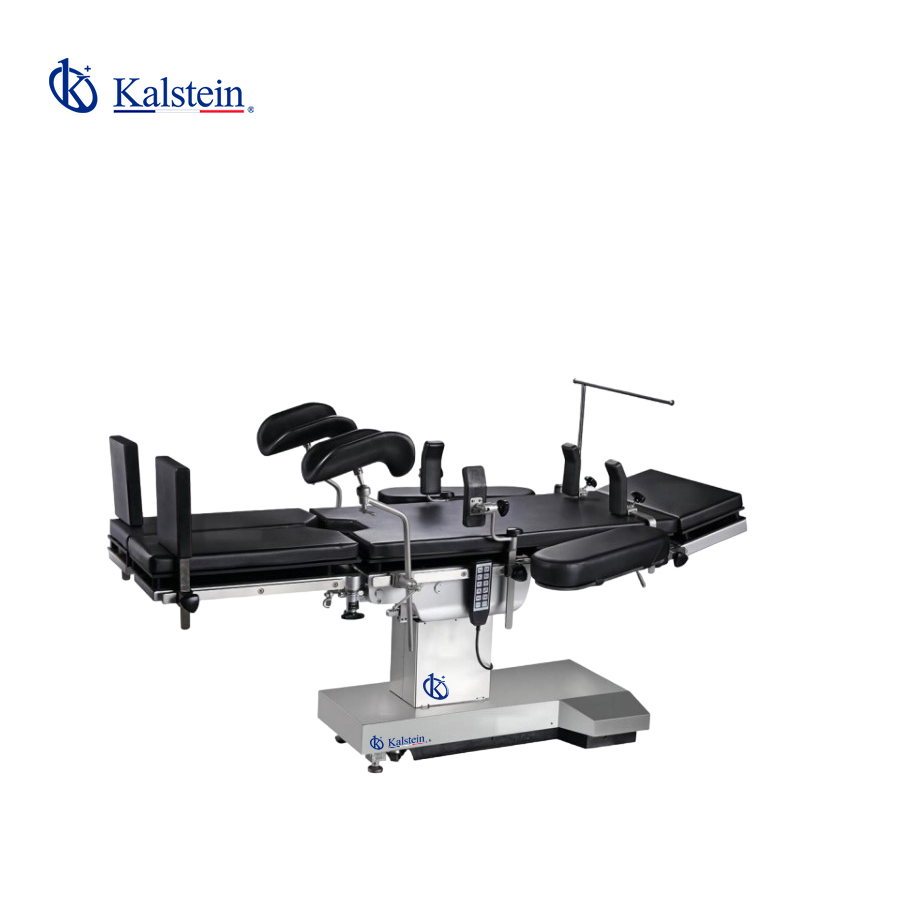In a laboratory environment, efficiency and precision are crucial to obtaining reliable and reproducible results. Factors such as the ergonomics and adaptability of furniture directly influence the quality of scientific work. One of the most significant innovations in this field is the development of adjustable and ergonomic operating tables.
Adjustable and ergonomic operating tables are a fundamental component of modern laboratories that seek to maximize efficiency and staff well-being. Manufacturers such as Kalstein offer high-quality solutions that are not only functional and durable but also ergonomically and safely designed. When evaluating the price and deciding to make a purchase, it is essential to consider durability, ease of use, and post-sale support. These factors, along with ergonomic benefits and versatility in applications, make these tables a valuable investment for any laboratory.
Characteristics of Adjustable and Ergonomic Operating Tables
Adjustable and ergonomic operating tables are indispensable in modern laboratories. Their main feature is height adjustability, allowing them to be tailored to the individual needs of scientists. https://kalstein.eu/categorie-produit/medical-sector/operation-table/?lang=en
For example, an adjustable operating table from a prominent manufacturer like Kalstein can easily move from a sitting to a standing position. This not only improves ergonomics but also increases productivity by reducing operator fatigue during long experimental sessions. These tables include electric or manual adjustment mechanisms that facilitate their use at any time.
Another essential feature is the stability and durability of the equipment. Adjustable and ergonomic operating tables from recognized manufacturers are constructed with high-quality materials, such as stainless steel and chemical-resistant surfaces. This ensures a long service life and minimal maintenance, crucial factors to consider when evaluating the price and considering a purchase.
Ergonomic Benefits for Laboratory Staff
Ergonomics in laboratory work is an aspect that should not be underestimated. Constant interaction with equipment and materials can lead to various health issues, such as carpal tunnel syndrome, back pain, and circulatory problems. Adjustable and ergonomic operating tables can mitigate these risks by allowing each user to adjust the table to a height that is comfortable and safe for them.
The ergonomic design also influences the user’s posture. By allowing precise adjustments in height and work angle, these tables help maintain proper posture. This reduces strain on the neck, shoulders, and back, contributing to a healthier and more sustainable work environment. In addition to improving physical health, these tables increase staff efficiency, a key factor for success in scientific research.
Companies like Kalstein understand the importance of ergonomics in the laboratory and strive to provide equipment that is not only functional but also comfortable and safe to use. When considering a purchase, it is important to keep this in mind, as better ergonomics translate to fewer sick leaves and greater overall productivity. If you want to know the high-end product catalog that KALSTEIN has for you, visit us at https://kalstein.eu/?lang=en
Applications in Different Laboratory Contexts
Adjustable and ergonomic operating tables are extremely versatile and can be used in a wide variety of laboratory contexts. In microbiology laboratories, for example, scientists need to work for extended periods with microscopes. The ability to adjust the table height allows for optimal alignment with the microscope, thereby reducing eye and body fatigue. In chemistry laboratories, handling hazardous reagents requires a safe and stable workspace. Kalstein’s tables not only offer chemical-resistant surfaces but also include features like raised edges to contain accidental spills. This not only improves safety but also protects expensive equipment and the work environment.
Additionally, in clinical laboratories where meticulous procedures such as blood extraction or sample preparation are performed, the ability to adjust the work area according to the specific needs of the procedure improves precision and efficiency. The flexibility and adaptability of these tables make them ideal for a wide range of applications, offering excellent value for money.

